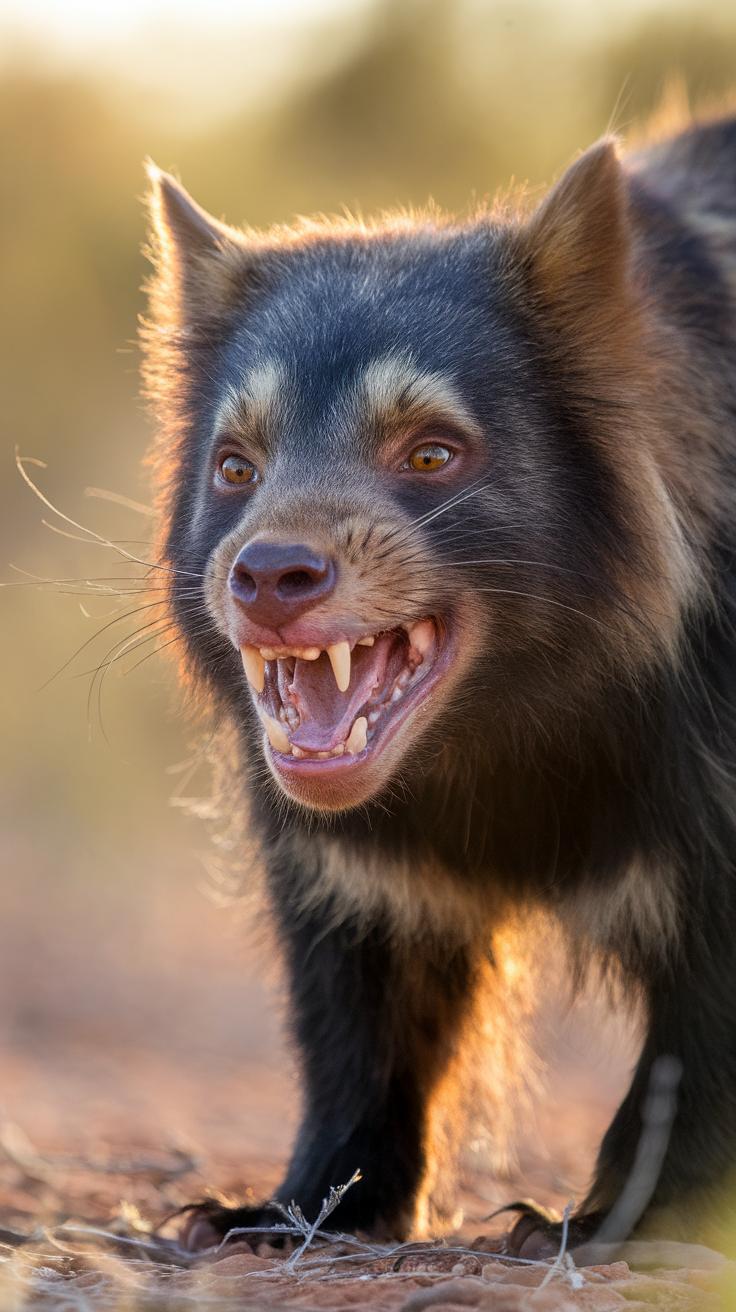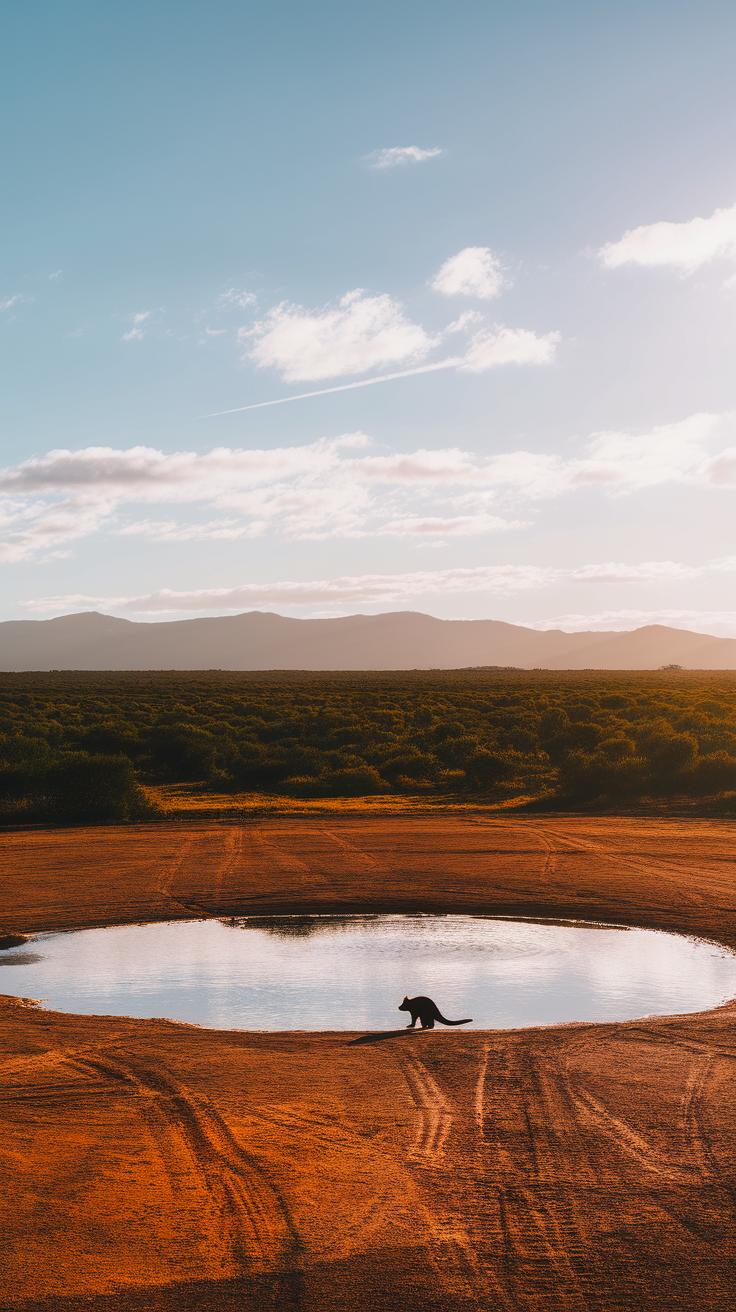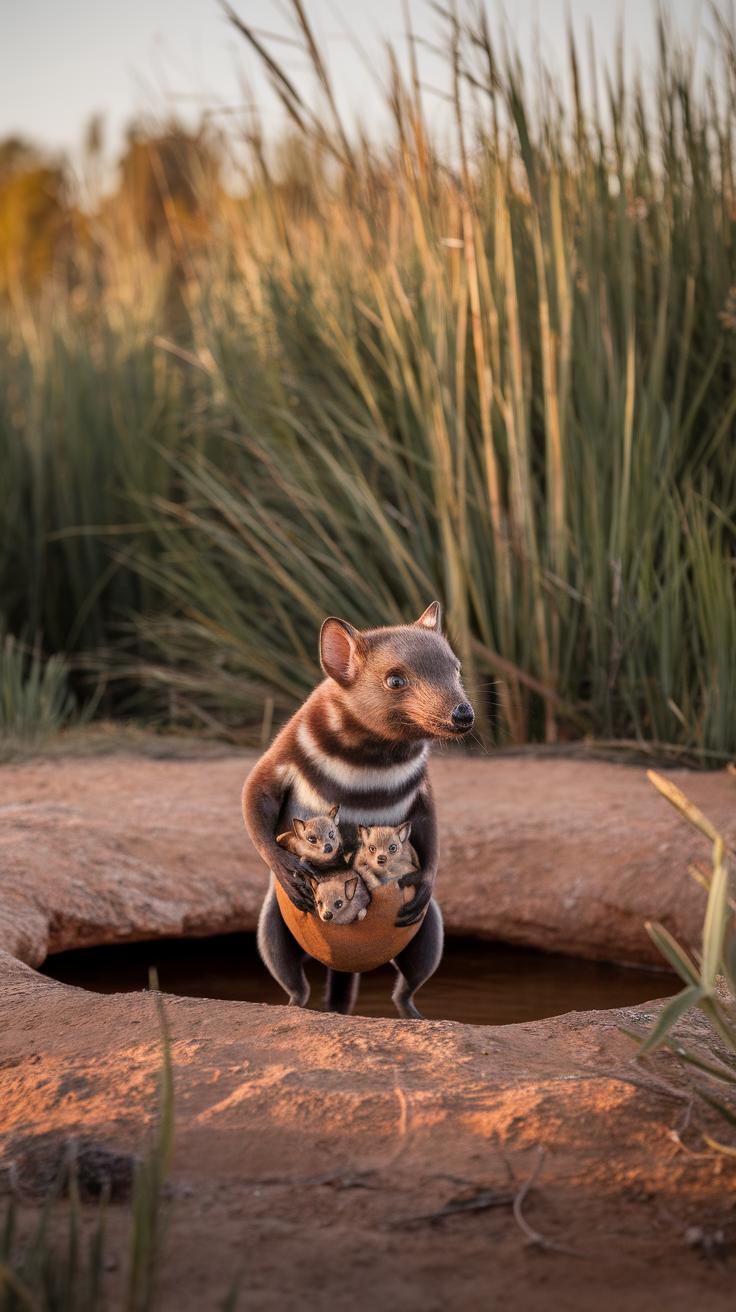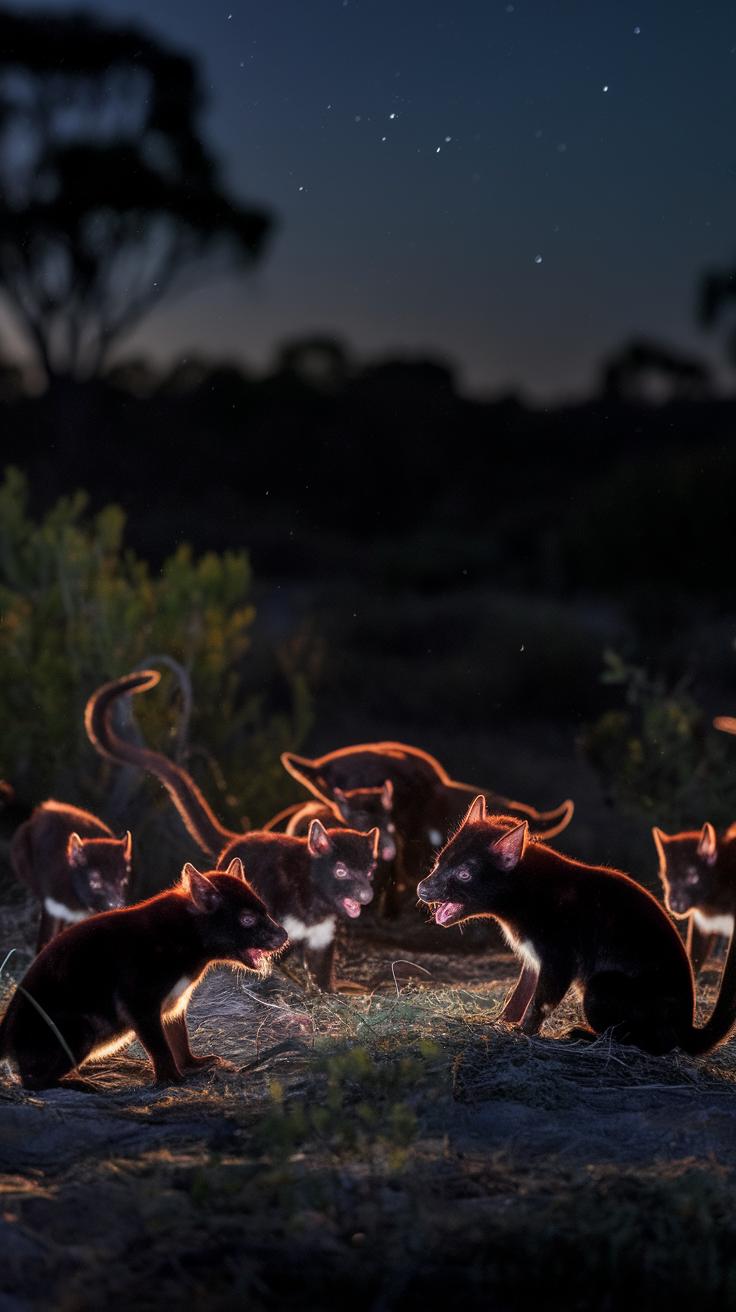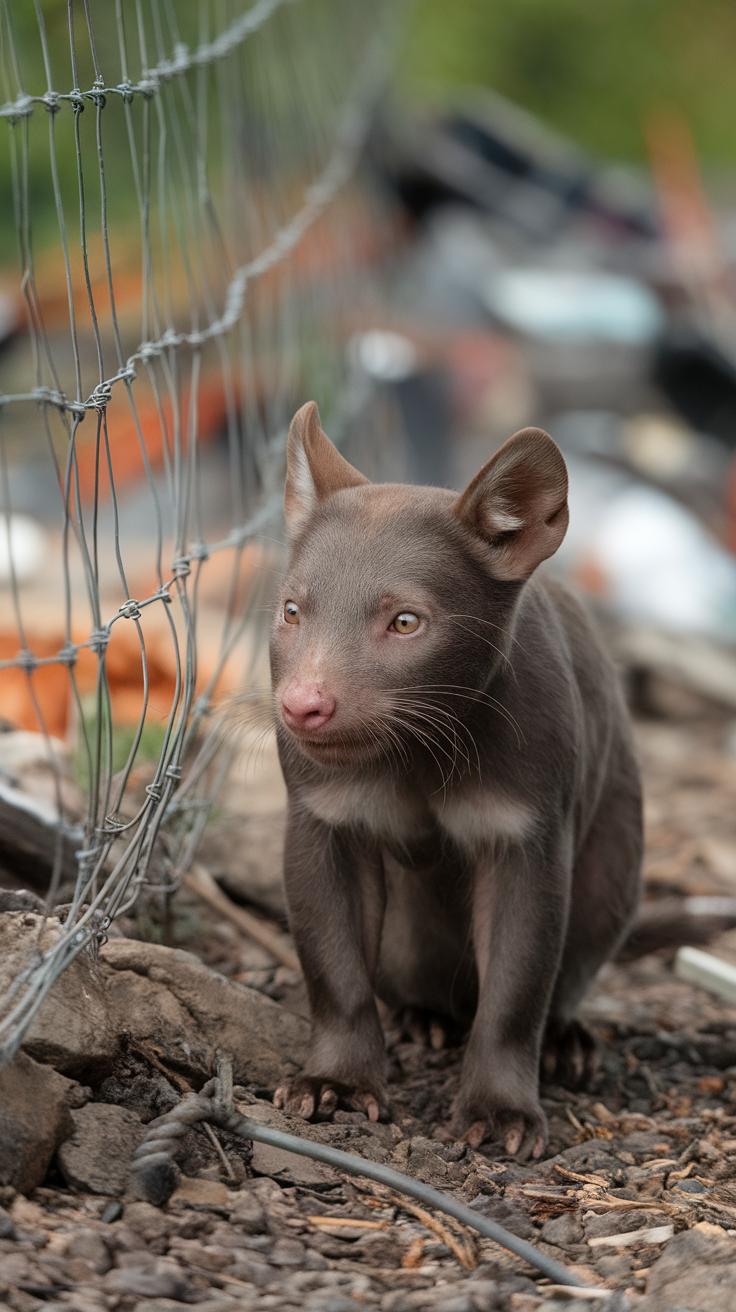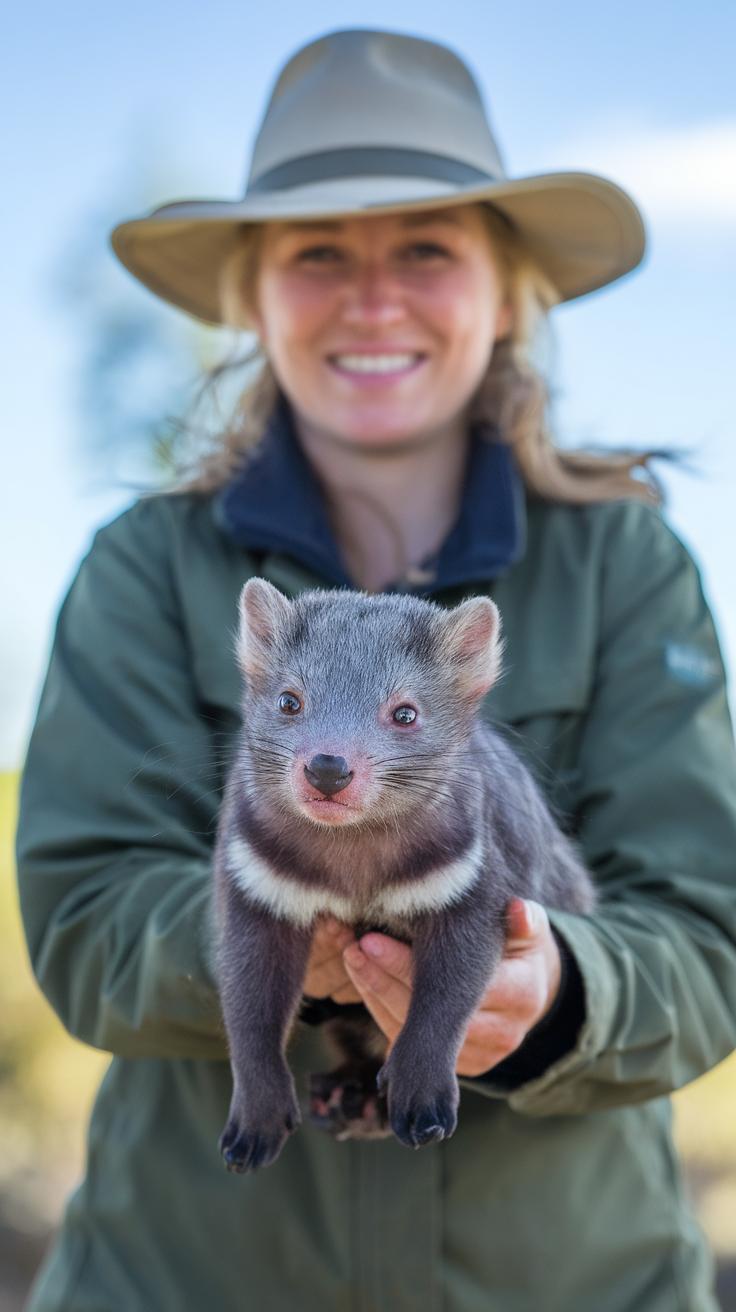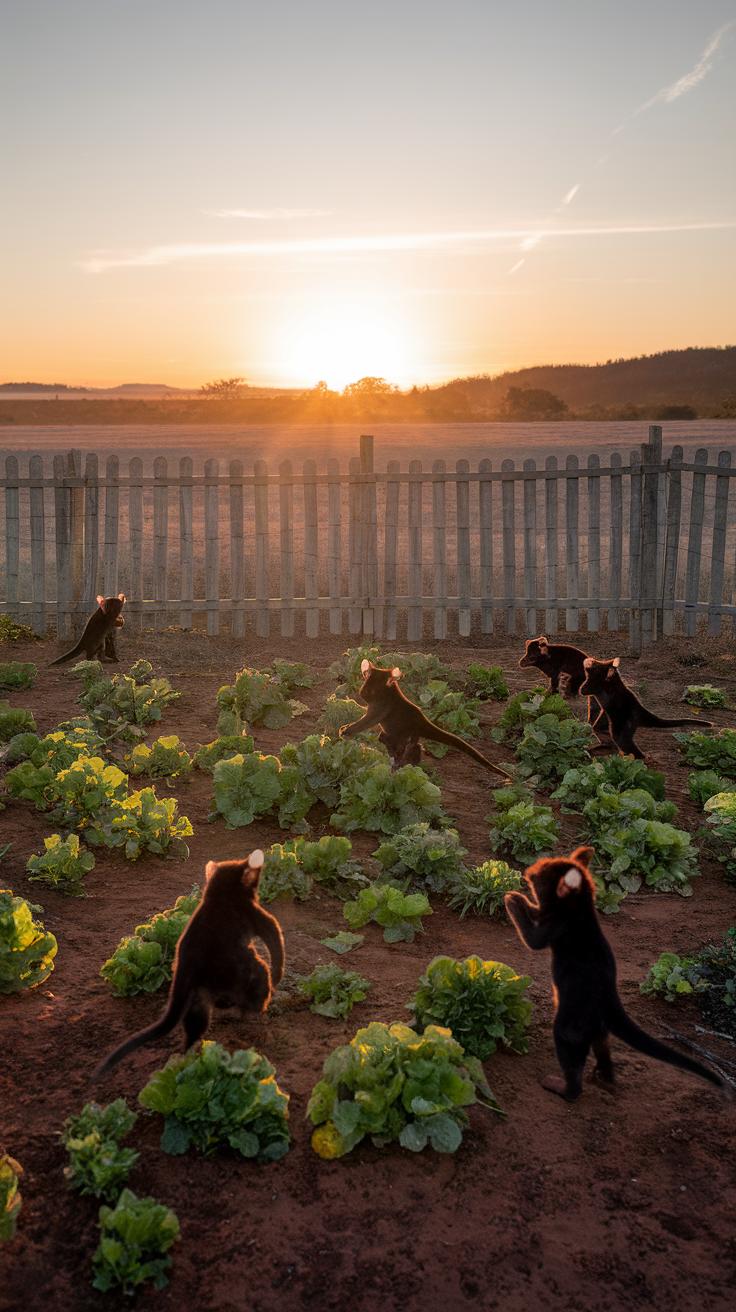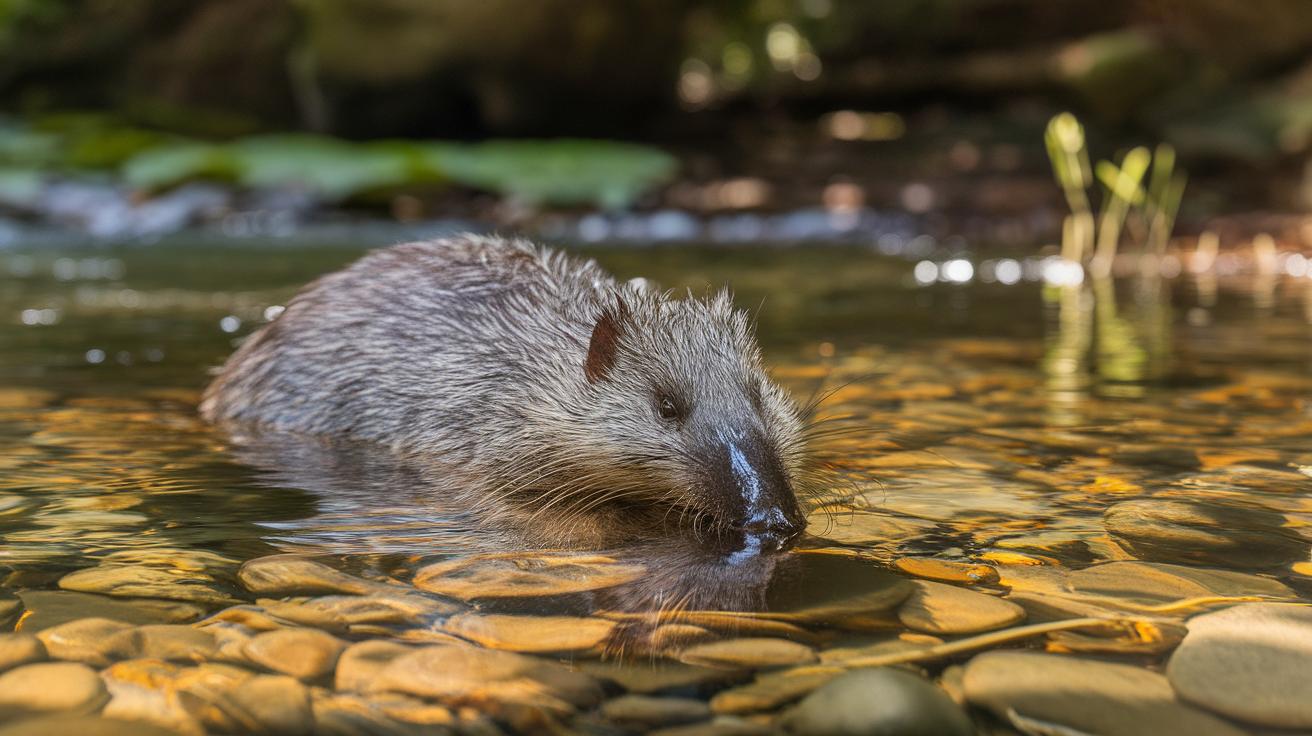Introduction
The Tasmanian devil, a unique carnivorous marsupial, is renowned for its fierce nature and distinctive characteristics. This remarkable creature, native to the island of Tasmania, has become a symbol of the wild Australian Outback. From its role as an apex scavenger to its challenges with survival, including recent threats like facial tumor disease, the Tasmanian devil embodies the wild spirit of its homeland. This article invites readers to embark on an adventure through the Outback, where the legends and realities of the Tasmanian devil come alive.
With landscapes ranging from arid deserts to lush forests, the Outback serves as a diverse habitat for this intriguing species. In this exploration, we will delve into the life cycle, behavior, and ecological importance of the Tasmanian devil while also examining the conservation efforts aimed at preserving its existence. Join us as we venture into the wild, uncovering the fascinating world of the Tasmanian devil and its remarkable adventures in the Outback.
Introduction to the Tasmanian Devil Exploring Its Unique Characteristics
The Tasmanian devil, an iconic marsupial native to Australia, is renowned for its distinctive physical traits and energetic behavior. With a stocky build, robust jaws, and a thick black coat adorned with white markings, it portrays a fierce appearance that belies its skittish nature. Historically, these nocturnal creatures inhabited mainland Australia but are now predominantly found in Tasmania due to habitat loss and hunting pressures.
Once revered by Indigenous cultures, the Tasmanian devil holds a significant place in Australian folklore. Today, it faces serious threats; the outbreak of Devil Facial Tumor Disease has decimated populations, prompting urgent conservation efforts. Recognized as an endangered species, the Tasmanian devil’s role in the ecosystem as a scavenger emphasizes its ecological importance. Embracing its remarkable legacy, conservation initiatives strive to preserve this unique species for future generations.
Cultural Importance and Conservation Efforts
Its presence in Australian pop culture, often depicted in cartoons and merchandise, underscores the devil’s endearing quality despite its fierce reputation. Conservation organizations are dedicated to raising awareness and securing habitats to protect this treasured animal. The Tasmanian devil continues to capture the imagination of people worldwide, symbolizing resilience amid significant environmental challenges. Through ongoing efforts, enthusiasts aim to ensure that this remarkable marsupial thrives in the wild for years to come.
Understanding the Outback Habitat The Ecosystems Supporting the Tasmanian Devil
Climate and Geography of the Outback
The Outback, an expansive and sparsely populated region, showcases diverse ecosystems that create a unique habitat for the iconic Tasmanian devil. This area encompasses arid deserts, forested regions, and rocky terrains, providing the devil with various niches suited to its scavenging lifestyle. Predominantly, the climate is semi-arid, with hot summers and cooler winters, impacting vegetation patterns and food availability. Vegetation forms such as eucalyptus forests and scrublands support an intricate food web, benefiting not just the devils but other native wildlife as well.
How the Outback Ecosystems Support the Tasmanian Devil
The Outback’s adaptive plant and animal species contribute to a dynamic food source for the Tasmanian devil. The harsh conditions of this region demand resilience and adaptability from its inhabitants. The devils thrive in these environments, primarily feeding on carrion and small mammals, which are abundant in the food chain. Their role as scavengers helps maintain ecological balance, as they assist in the decomposition process. By understanding the intricate relationship between the Tasmanian devil and its Outback habitat, conservation efforts can be better tailored to protect this iconic species and its natural surroundings.
Life Cycle of the Tasmanian Devil Reproductive Cycle and Challenges Faced by Young Devils
Mating Habits of Tasmanian Devils
The mating season for Tasmanian devils typically occurs during the warmer months of late summer. Males engage in vigorous competition for females, often displaying aggressive behaviors to assert dominance. Courtship rituals, characterized by vocalizations and scent marking, play a vital role in attracting potential partners. Once a female selects her mate, the pair may engage in extended mating, which can last several days, ensuring genetic diversity in the offspring. Feminine reproductive cycles are relatively short, with females capable of breeding annually, producing a litter of usually 2-4 pups. This brief engagement is crucial for the survival of the species, helping to maintain their population in the wild outback.
Challenges Young Devils Encounter
After a gestation period of about three weeks, young Tasmanian devils are born extremely underdeveloped, resembling tiny jellybeans. They migrate to their mother’s pouch for the initial stages of life, where they cling to her teats for nourishment. Survival rates are perilously low, as only the strongest pups will thrive, often leading to intense sibling competition for limited resources. As they grow, pups face numerous external threats, including predation and habitat loss, which further challenge their chances of reaching adulthood. The early months are critical, with the young devils requiring protection and ample food to strengthen their developing bodies in the rugged terrain of the outback, setting the stage for their transition into independent life.
Behavior and Social Structure of Tasmanian Devils
Social Interactions and Territoriality
Tasmanian devils exhibit unique social behaviors, often characterized by their vocalizations and physical interactions. These creatures are generally solitary, yet they can be found gathering in social units during feeding opportunities. Scavenging on carcasses, they display both aggressive and submissive behaviors, helping to establish social hierarchies. Dominance is usually determined by size and strength, leading to territorial disputes where larger individuals may assert control over food resources. This behavior is particularly important as food scarcity can be common in their natural habitat, emphasizing their opportunistic nature.
Diet and Feeding Habits
A carnivorous diet is central to the survival of the Tasmanian devil. Their feeding habits include scavenging for carrion but also hunting small prey when necessary. Equipped with powerful jaws and sharp teeth, they can consume almost every part of a carcass, which aids their nutritional intake. This ability to process a wide variety of food sources plays a crucial role in their adaptation to the harsh conditions of the Australian outback. A well-balanced diet is vital not only for individual health but also for sustaining their populations in the face of environmental changes and competition for resources.
Threats to the Tasmanian Devil Understanding the Challenges in the Wild Outback
Major Threats Facing the Tasmanian Devil
The Tasmanian devil, renowned for its fierce demeanor and iconic status, faces numerous challenges in its natural habitat. One of the most pressing threats is the emergence of Devil Facial Tumour Disease (DFTD), a contagious cancer that has devastated populations across Tasmania. This disease has led to sharp declines in their numbers, making it a significant concern for conservationists.
Equally crucial is habitat loss, primarily driven by human activities such as logging and land development. As their living spaces shrink, devils struggle to find food and safe nesting areas, jeopardizing their survival. Climate change also exacerbates these issues, bringing about altered weather patterns and food shortages, further endangering this unique species. Understanding these threats is vital for implementing effective conservation strategies and ensuring the survival of the Tasmanian devil.
Conservation Efforts Initiatives to Protect Tasmanian Devils
Programs Aimed at Preservation
Active conservation efforts are underway to safeguard Tasmanian devils from the various threats they face, primarily due to the devastating impacts of devil facial tumor disease (DFTD), habitat loss, and climate change. Organizations such as the Save the Tasmanian Devil Program work tirelessly to enhance genetic diversity through breeding initiatives, which ensure the long-term survival of this iconic species. This program collaborates with wildlife parks and veterinary institutions to rehabilitate and release healthy individuals back into the wild.
Community Involvement and Education
Community engagement plays a vital role in these conservation initiatives. Educational programs aimed at the local population foster awareness about the importance of the Tasmanian devil’s role in the ecosystem. Many grassroots efforts encourage responsible habitat management, reducing human impact on crucial devil territories. By cultivating a sense of stewardship among residents, these programs create a more profound commitment to preserving the habitat that supports these unique creatures, ensuring that future generations can experience the wonders of the Tasmanian devil in the wild.
The Role of Tourism in Conservation Ecotourisms Impact on Tasmanian Devil Conservation Efforts
The Synergy Between Ecotourism and Conservation
Tourism, particularly ecotourism, plays an important role in the conservation of the Tasmanian devil and its unique habitat. Many visitors are drawn to Tasmania to experience its diverse wildlife and pristine environments. This influx of tourists generates vital funding for local conservation initiatives aimed at protecting the Tasmanian devil. Parks and wildlife organizations often rely on these resources to monitor populations and manage disease threats, like the deadly facial tumor disease.
Educational Opportunities and Community Involvement
Ecotourism also fosters educational opportunities that raise awareness about the threats facing this iconic species. Guided tours and immersive experiences not only attract tourists but also inform them about conservation strategies and the significance of preserving the Tasmanian devil’s ecosystem. These activities encourage local communities to participate in conservation efforts actively, creating a shared commitment to safeguarding the future of the species within its natural habitat.
Future of the Tasmanian Devil Conservation and Habitat Challenges
Conservation Efforts and Their Impact
The future of the Tasmanian devil hangs in a delicate balance, primarily driven by ongoing conservation initiatives and environmental adaptations. Intensive breeding programs, including those in captivity, aim to increase genetic diversity and combat the devastating impacts of facial tumor disease, a significant threat to their population. Organizations are not only focused on immediate medical treatments but are also implementing habitat restoration projects to ensure these creatures have sustainable environments to thrive in.
Environmental Changes and Adaptation
Climate change poses an additional threat, influencing prey availability and habitat conditions. The Tasmanian devil’s adaptability will be tested as temperatures rise and ecosystems shift. Conservationists are monitoring these environmental changes closely, seeking ways to enhance the resilience of the species while raising awareness about their plight. Ensuring continued funding and support for these initiatives will be critical in safeguarding their future within the wild outback of Tasmania.
Conclusions
The Tasmanian devil stands as a testament to the resilience of wildlife in the face of adversity. Through exploration of its behaviors and living conditions, one can appreciate not only the uniqueness of this marsupial but also the importance of the Outback ecosystem it inhabits. As various threats encroach upon the future of the Tasmanian devil, understanding its significance in both cultural and ecological contexts becomes ever more critical.
Conservation efforts will play a pivotal role in ensuring that this species continues to thrive in its natural habitat. By fostering awareness and encouraging protective measures, we can contribute to the preservation of the Tasmanian devil and the wild beauty of the Outback. Our adventure does not end here; let it inspire a commitment to celebrate and safeguard the incredible wildlife that calls Australia home.




